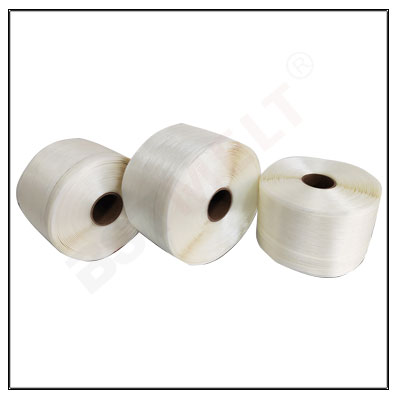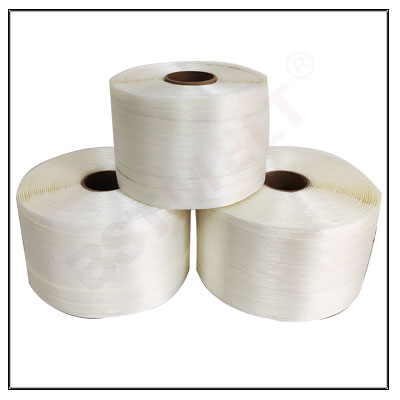Application of Bonded Strapping in Waste Compactors
In the realm of waste management, the efficient handling and disposal of solid waste have become paramount concerns for municipalities, industries, and environmentalists alike. Waste compactors, as a cornerstone technology in this domain, play a vital role in reducing the volume of waste, facilitating transportation, and enhancing the overall efficiency of waste disposal processes. Among the various components utilized in waste compactors, bonded strapping emerges as a crucial element, ensuring the secure bundling and containment of compressed waste.
Introduction to Bonded Strapping
Bonded strapping, also known as bonded cord strapping, is a versatile material that combines strength, durability, and flexibility. It is typically made from high-tensile fibers such as polyester, which are bonded together through advanced techniques to form a robust and reliable strapping solution. Bonded strapping is renowned for its resistance to tearing, abrasion, and moisture, making it an ideal choice for a wide range of industrial applications, including waste management.

Role of Bonded Strapping in Waste Compactors
In waste compactors, bonded strapping serves as a crucial component in the containment and transportation of compressed waste. The process of waste compaction involves applying mechanical force to reduce the volume of solid waste, often resulting in dense, bulky blocks or bundles. These compressed waste units require secure packaging and binding to ensure safe and efficient transportation to landfills, incinerators, or recycling facilities.
Secure Bundling and Containment
Once waste is compressed, it must be securely bundled to prevent unraveling or disintegration during transport. Bonded strapping offers exceptional strength and durability, enabling it to withstand the rigors of transportation and handling. Its high tensile strength ensures that even the heaviest compressed waste blocks remain intact, minimizing the risk of spillage or damage.
Moreover, bonded strapping's flexibility allows it to conform to the irregular shapes of compressed waste, providing a secure and tight fit. This customized fit enhances the overall stability of the compressed waste bundle, further reducing the chances of displacement or damage during transportation.
Efficiency and Cost Savings
The use of bonded strapping in waste compactors also contributes to increased efficiency and cost savings. By securely bundling compressed waste, bonded strapping minimizes the need for additional packaging materials, such as cardboard boxes or plastic wrap. This reduction in packaging materials not only saves on costs but also aligns with sustainable waste management practices.
Furthermore, the secure containment provided by bonded strapping ensures that compressed waste remains compact during transportation, maximizing the load capacity of waste transportation vehicles. This increased efficiency in transportation translates into reduced fuel consumption, lower emissions, and ultimately, a more environmentally friendly waste disposal process.

Durability and Reusability
Another significant advantage of bonded strapping in waste compactors is its durability and potential for reuse. High-quality bonded strapping is designed to withstand multiple cycles of use, making it a cost-effective and environmentally responsible choice. In some cases, waste management facilities may opt to collect and recycle used bonded strapping, further reducing waste generation and promoting circular economy principles.
Environmental Benefits
The environmental benefits of using bonded strapping in waste compactors extend beyond the direct impact on waste containment and transportation. By facilitating the efficient and secure disposal of solid waste, bonded strapping contributes to the overall success of waste management systems. This, in turn, helps to reduce the environmental footprint of waste disposal operations, including reduced greenhouse gas emissions, land use requirements, and potential contamination of soil and water resources.
Conclusion
In conclusion, bonded strapping plays a pivotal role in the efficient and secure handling of compressed waste in waste compactors. Its combination of strength, durability, and flexibility makes it an ideal choice for containing and transporting compressed waste, contributing to increased efficiency, cost savings, and environmental benefits. As the demand for sustainable waste management solutions continues to grow, bonded strapping will likely become an even more important component in the waste compactor industry, helping to drive innovation and progress towards a cleaner, greener future.





